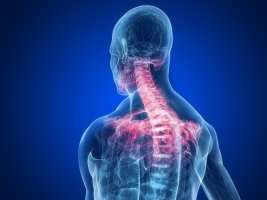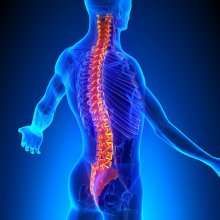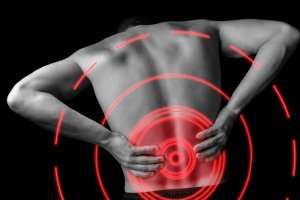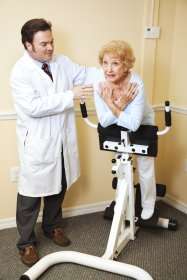
Chiropractic Care for our High-Tech Lifestyles
While technology creates many new possibilities for entertainment, connecting with others and getting work done, it also spawns new health problems. Ten years ago, nobody had “text neck.” Now many people are reaping the unwanted musculoskeletal consequences of tech overuse. “Text Neck” Instead of holding mobile devices straight out in front of their faces to […]







